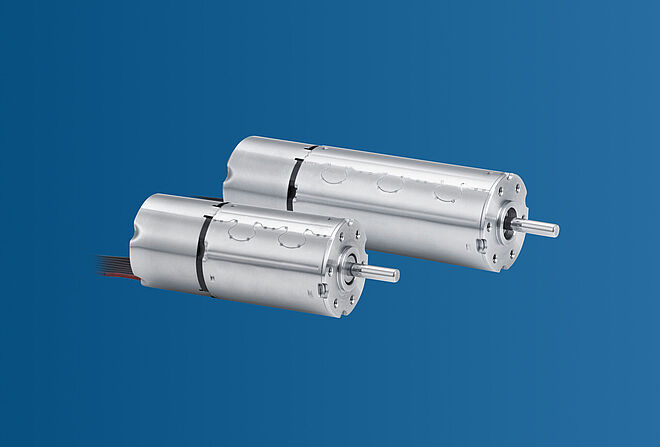
The most compact Motion Control System on the market
FAULHABER is introducing a new Motion Control System. More precisely: The world's smallest Integrated Motion Controller.
Let us guide you to your perfect drive solution.
Just fill out the form and click on “Start Drive Calculator”.